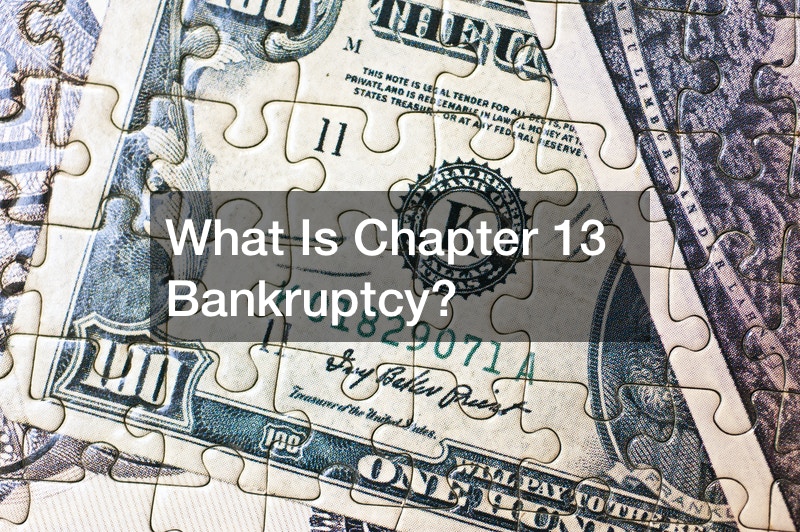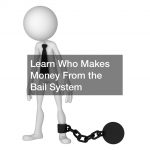
Viewers have a chance to learn about chapter 13 bankruptcy and how it differs from chapter 7 bankruptcy. The latter is a shorter process that takes a few months and eliminates debt. With chapter 13 bankruptcy, the process is much longer, and filers must continue payments to their consolidated debt for three to five years.
Chapter 13 bankruptcy may be the only option for those who do not qualify for chapter 7 because their income is more than the average income for households of a similar size. Furthermore, some people opt for chapter 13 bankruptcy because the courts cannot seize or sell assets.
Chapter 13 is one way for people who are facing foreclosure or repossession to catch up with payments.
Both processes use the same forms and require asset disclosure. Chapter 13 requires an additional repayment plan that must be filed within 30 days of the trial.
How much monthly basis payment is complicated due to factors that increase the payment. For example, a mortgage, car payment, taxes, child support, and alimony can increase the expected payment. Disposable income or higher-value assets may influence payments. Finally, chapter 13 lawyer fees are paid off through the payment plan.



